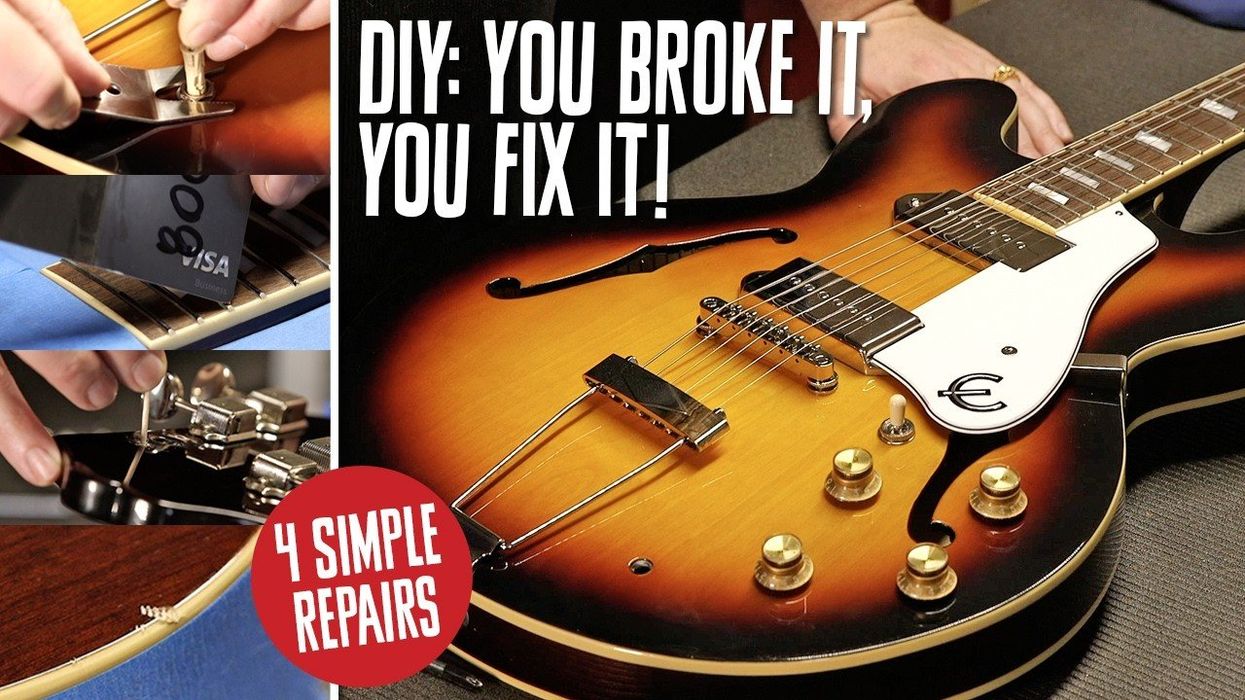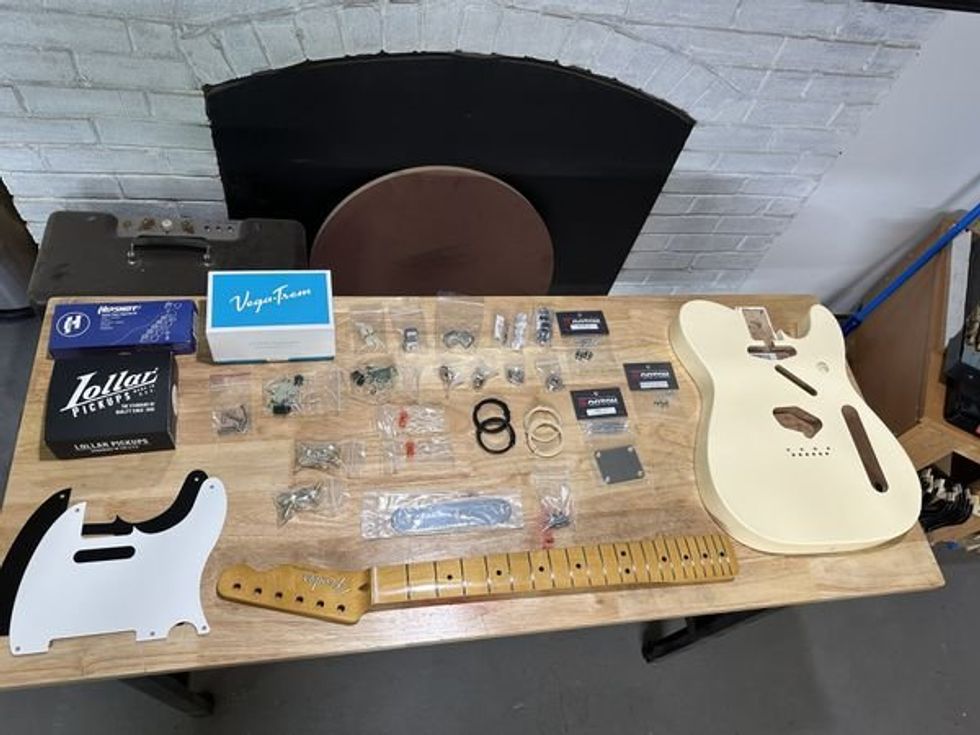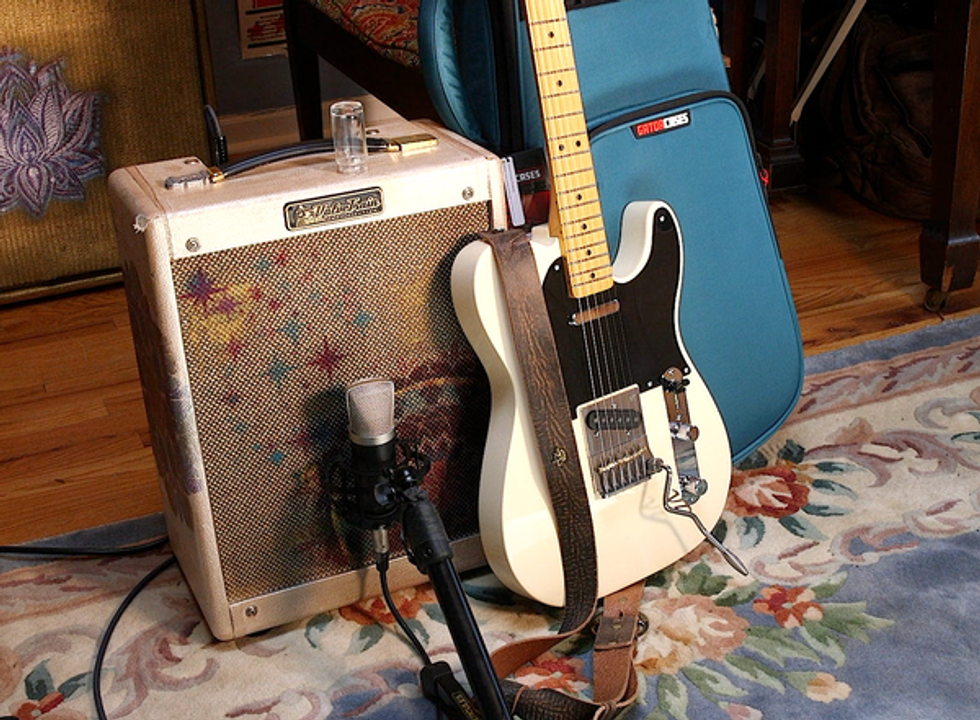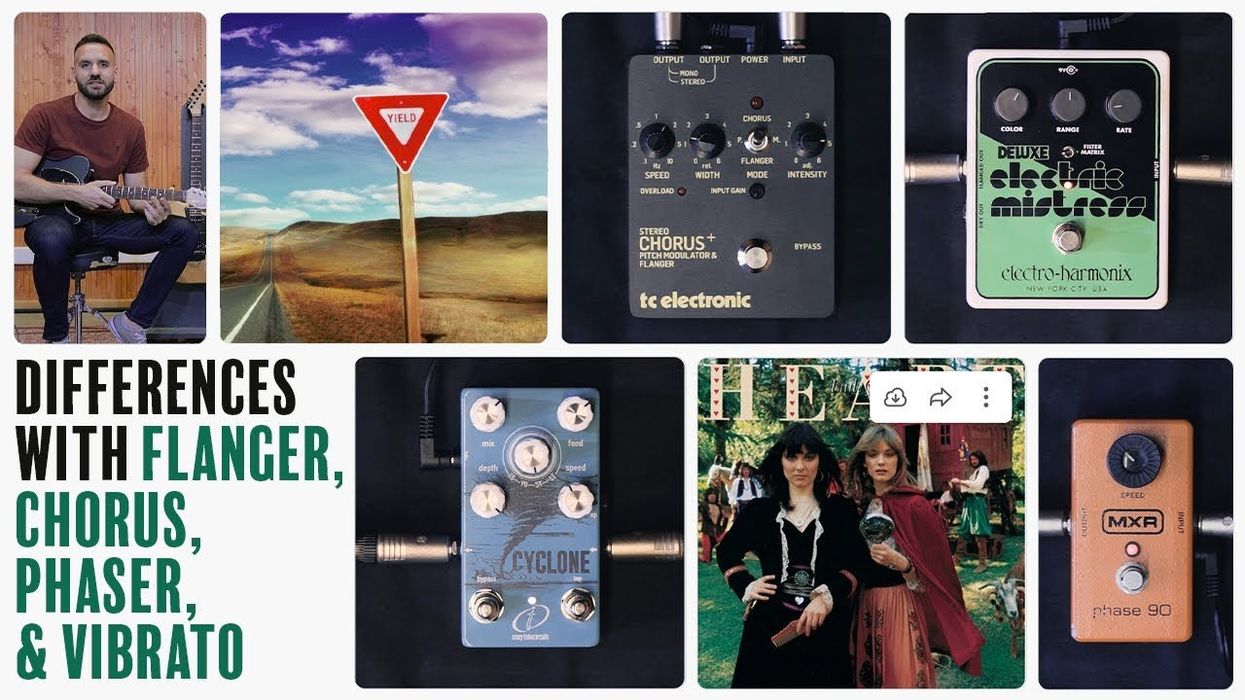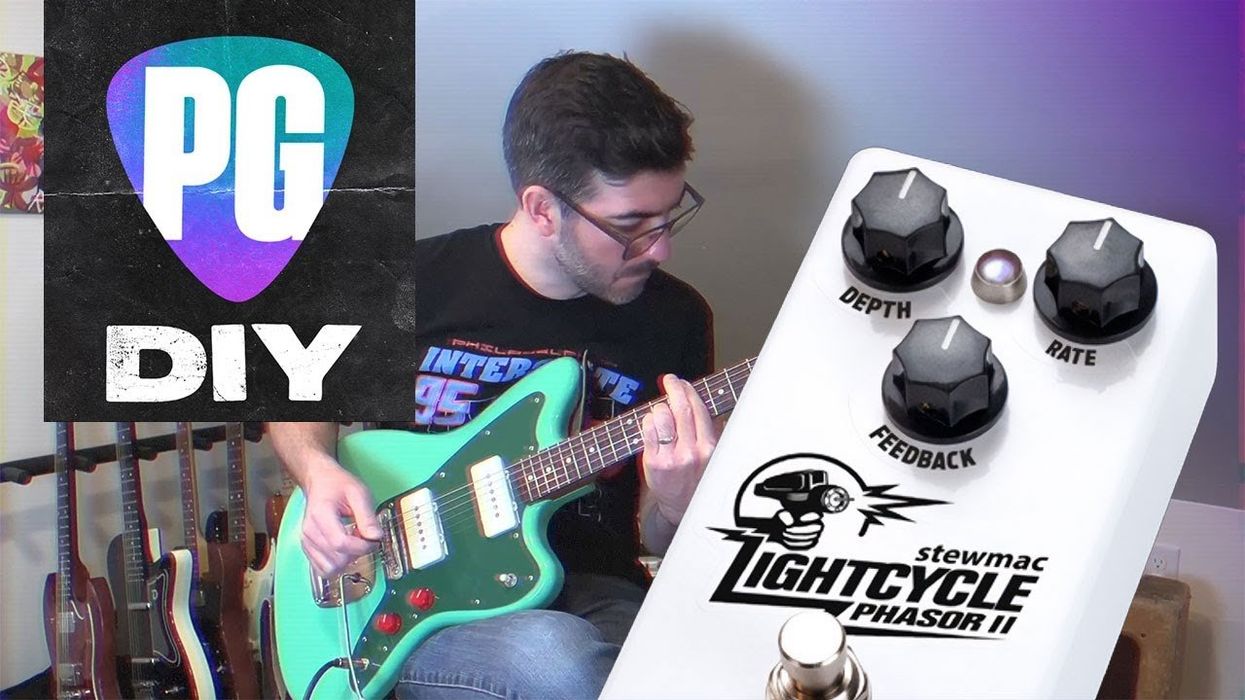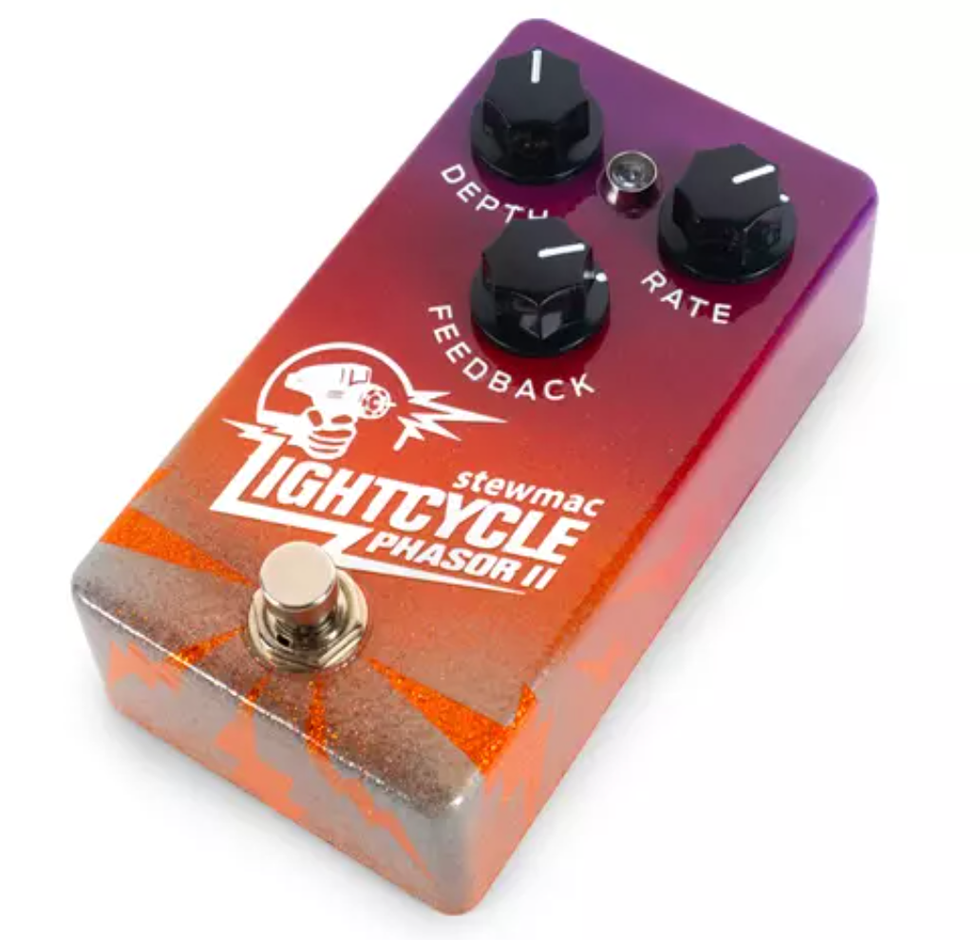Chasing the best acoustic guitar sound is a lifelong pursuit, but in this video PG’s Nikos Arvantis gets you off to a solid start.
He compares a host of string gauges and types, to unveil their personalities and secrets. “The material your guitar strings are made of, as well as their thickness or gauge, will have a significant impact on how a guitar feels in your hands and even changes how it sounds,” he says. And without amps or effects, acoustic guitar strings play an even bigger role in your sound than they do on a typical Les Paul or Stratocaster or PRS, for example. Gauges, especially, can have a powerful effect on how a guitar plays. And don’t be seduced into thinking bigger gauges equal bigger tones every time. All the strings in this test video are made by D’Addario and have a steel core center.
The test guitar is a Taylor 414ce.The contestants: Silk & Steel EJ40s gauged .011–.047, Flat Tops Phosphor Bronze EFT16s with phosphor bronze wrap wire gauged .012—.053, Nickel Bronze nickel-plated phosphor bronze wrap wire gauged .012–.053, 80/20 Bronze Wrap Wire and Fusion Twist Technology, and XS Coating Phosphor Bronze Wrap Wire.
In conclusion, Nikos also points out a few other factors to consider when contemplating switching strings: how much sweat or oil your hands produce, and what your budget allows—because prices vary widely between strings types. “Your choice should ultimately be based what your ears and hands can tell you,” he advises. “So, try as many strings types as you have access to, and remember that your preferences may evolve over time as you become more experienced.” And remember to subscribe to PG’s YouTube channel so you won’t miss other valuable videos like this one, as well as our Rig Rundowns and First Look videos.






